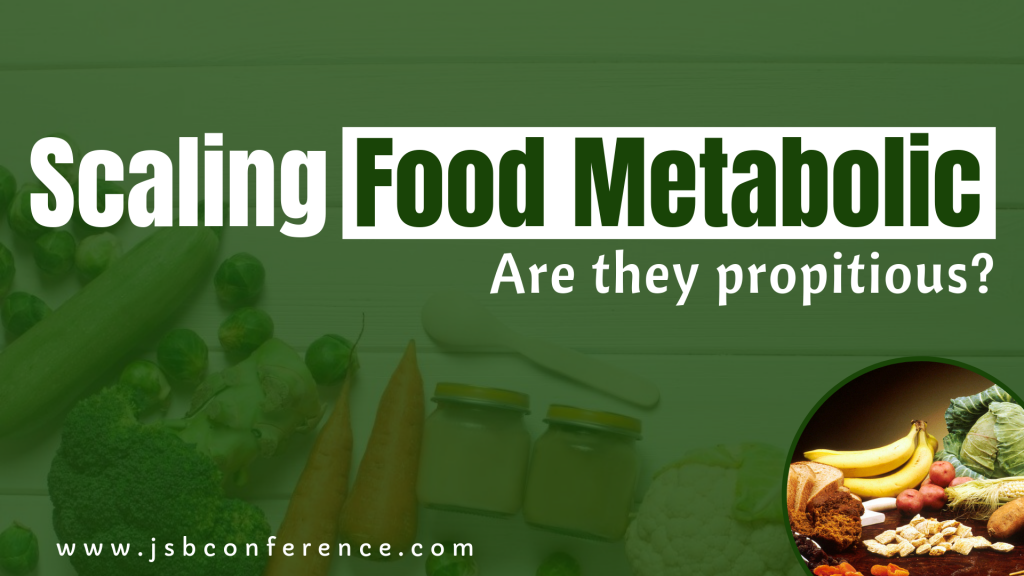
A major challenge faced in the modern-day food industry is often the purpose of secondary metabolites. The process is largely varied with scientists of modern-day plant and food getting inadequate results from the interpretations. The most important step in the biological domain of metabolites is to mostly identify the compounds of interests.
It is extremely important to mostly get a complete list of compounds which is more characterized scientifically. While doing this a major time is saved with the replication process, which can be wasted if not attempted in the first go. Usually, while annotating compounds which are known, the process tends to happen.
A breakthrough Study!
In a recent study to observe and detect metabolite differences, various food plates had been prepared in getting ahead of choices. These choices were of large differences in the components of dietary foods. California based food plate is an efficient option to determine the macronutrient calculations.
Back in 2015, the company of Bruker Daltonics has been using complementary methods in aiming to accurately measure the food metabolites and natural products. They used mostly C-QTOF-MS/MS and GC-APCI-QTOF-MS/MS for the analysis in different food plates. This data evaluated was mostly used to identify and interpret the characteristics. Further, very small molecules contained in food samples can also be evaluated.
What did the study say!?
The study put forward the data using the LC-QTOF-MS/MS in ESI in positive ionization mode. These were further investigated and set ahead in the Metaboscape 2.0. This has been a software solution which is largely used in developing the identification of natural products.
The information is then used to make a characterized library, which is putting facilitation in de-replication for many known compounds.
The software has been known to further get ahead of difficulties in identifying the unknown components and at the same time helps in the assignment of target compounds. These are the crucial steps in the conversion of raw data of MS into further knowledge spree.
In this study, the data obtained through LC-QTOF-MS/MS in ESI positive ionization mode were re-investigated and presented in the MetaboScape 2.0 software solution, enabling the identification of natural products. Then, the information can be used to develop thoroughly characterized MS/MS libraries, facilitating a rapid de-replication for known compounds. The MetaboScape software has the ability to overcome difficulties in identifying unknowns and allows confident assignment of known target compounds, both of which are crucial steps in converting raw MS data into knowledge.
15th International Conference and Exhibition on Metabolomics & Systems Biology.
The conference at Kyoto, Japan will focus on the investigation of new research innovation in Metabolomics. The recent advancements are discussed with the presence of scholars and researchers from around the globe. Various topics are discussed such Proteomics, Systems Biology, Genomics, Precision Medicine, Lipidomics, LC-MS and GC-MS Techniques, Bioinformatics, Plant Metabolomics, Clinical metabolomics, tumor and digestion system, computational science, metabolomics disorder, Nutritional Metabolomics, Therapeutic Metabolomics and so on.